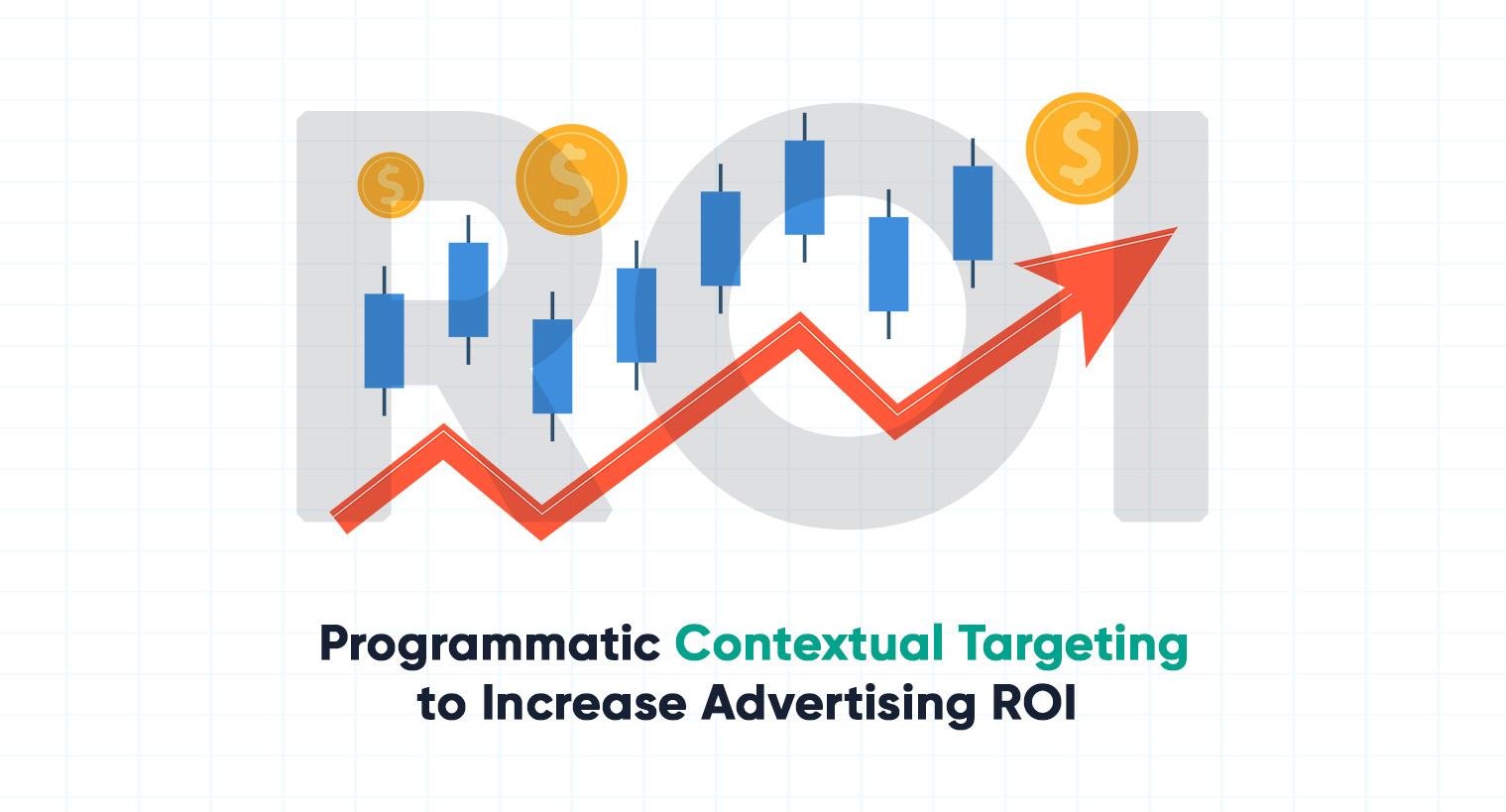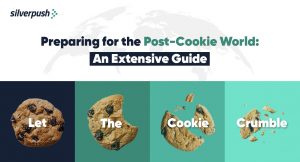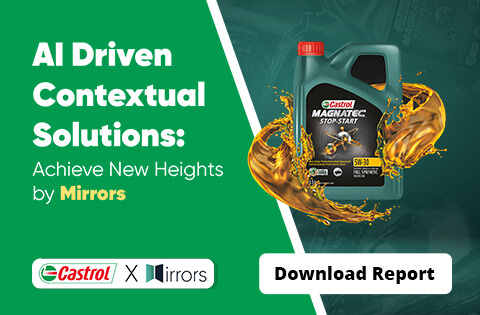How Does Programmatic Contextual Targeting Help in ROI Increase? | 02 Jun, 2022

Contextual targeting is not something new that is hitting the advertisement industry. Time and again, it has helped advertisers reach their relevant audiences at the right time and place.
However, it is always a good idea to look for platforms that can catalyze the process further, and programmatic contextual targeting is exactly that!
The main motive of all brands is to see an uptick in the number of clicks and get a good return on their programmatic advertising (ROI) and contextual targeting has proved to be the best place to get started.
Contextual targeting has enabled advertisers to deliver highly targeted programmatic ads across a variety of online advertising platforms.
Moreover, this has helped in campaign effectiveness by allowing you to distribute these highly targeted, relevant advertising across a variety of media without developing several ad copies.
What is Programmatic Contextual Targeting?
The use of AI for acquiring advertising space is known as programmatic advertising or programmatic media buying. Data insights and algorithms are used to offer advertisements to the right person at the right time and at the right price.
With time, the popularity of programmatic advertising is rising. Projections are estimated that by 2021 $155 billion was spent on it globally. So, it’s not a surprise that more marketers are experimenting with programmatic ads.
Contextual targeting is one of the simplest ways to get started with programmatic advertising by utilizing terms that describe your product or service.
It helps in engaging new consumers on a large scale which is efficient for display advertising campaigns, including video and native advertisements. It has long been employed in search advertisements, but until recently, it was maybe employed in programmatic advertising.
So, let’s take a closer look at contextual advertising and how it works in conjunction with programmatic, thus helping companies increase their ROI.
Understanding Contextual Advertising and How it Works?
Contextual advertising is a tried and tested technique. It’s not something new, but it took a back seat for some time owing to the popularity of behavioral targeting.
However, with the adoption of new privacy laws all over the world and the decision by multinational companies like Google and Apple to ban third-party cookies, contextual targeting practices are rising again.
The technique of showing ads on web pages depending on their content is known as contextual advertising. It is the most effective method for companies to target people in a secure and privacy-compliant manner.
For example, you may have seen advertisements for running shoes in a news item about a 100-kilometer marathon or advertisements for headphones on a computer-selling eCommerce website.
Because contextual targeting includes segmenting advertising based on variables such as keyword or website subject, contextual advertising becomes more successful when combined with programmatic advertising.
Instead of matching campaigns to user profiles, contextual targeting connects the campaign with the website or pages and their content. By employing such tactics, the digital advertising industry may be able to develop a privacy-first and brand-safe approach for reaching out to and engaging people with the brand’s message.
Programmatic Contextual Targeting Leading to Increase in ROI
Programmatic Contextual advertising is a well-known performance marketing channel where the advertiser leverages the audience segmentation data to help brands deliver ads strategically to their consumers using contextual targeting.
Assume you are a home furniture company, then, both a home décor website and blogs would be the perfect match to display advertising about your products and services. This is because it increases the likelihood of conversion as individuals reading or visiting those pages would show some interest in your brand.
The main advantage of this form of advertising is that brands is can continuously access the same audience throughout the web and also be in front of the relevant audience at the correct time.
Contextual ad targeting combined with programmatic advertising enables advertisers to maximize their ad budget by bidding on high-value impressions, boosting their click-through rate, and experiencing a rise in their ROI.
Final Words
Leaving behavioral targeting behind, programmatic advertisements work best when combined with contextual targeting. With the help of contextual technology, advertisers are able to display ads on relevant pages and target the correct audience at the right time. This helps publishers and advertisers find new ways of reaching users with their ads. This kind of targeting helps to overcome losses because of the ban on 3rd party cookies and increases their CTR, VTR, and see a rise in their ROI.

BLOGS
Super Bowl Advertising: A Month-Long, Multi-Screen Event for Brands
For Americans, there are two events that they hyped for a whole year - Football season, and waiting for football season. Football remains highly popular among Americans, with searches for "NFL Draft" and viewership numbers showing an unwavering interest in the sport. According to Google Search data, football is more ...

BLOGS
Advertising in the Age of Climate Change: The Adoption of Carbon Emission Metrics
The urgency of the climate crisis is increasing, and the media industry is no exception. While some professionals are working to reduce their direct operational emissions, there is an urgent need for common standards to be set for indirect emissions that come from digital advertising. The digital advertising industry is becoming ...

BLOGS
Complete Guide to Reaching Audience with Cookieless Advertising
What’s your alternative game plan for effective cookieless advertising? Haven't thought about it yet? The time is now! Introduction The complete year of 2022 was dedicated to cookies! Panic is setting in amongst marketers owing to mounting privacy laws and the ban on cookies, causing them to re-evaluate their strategies.







